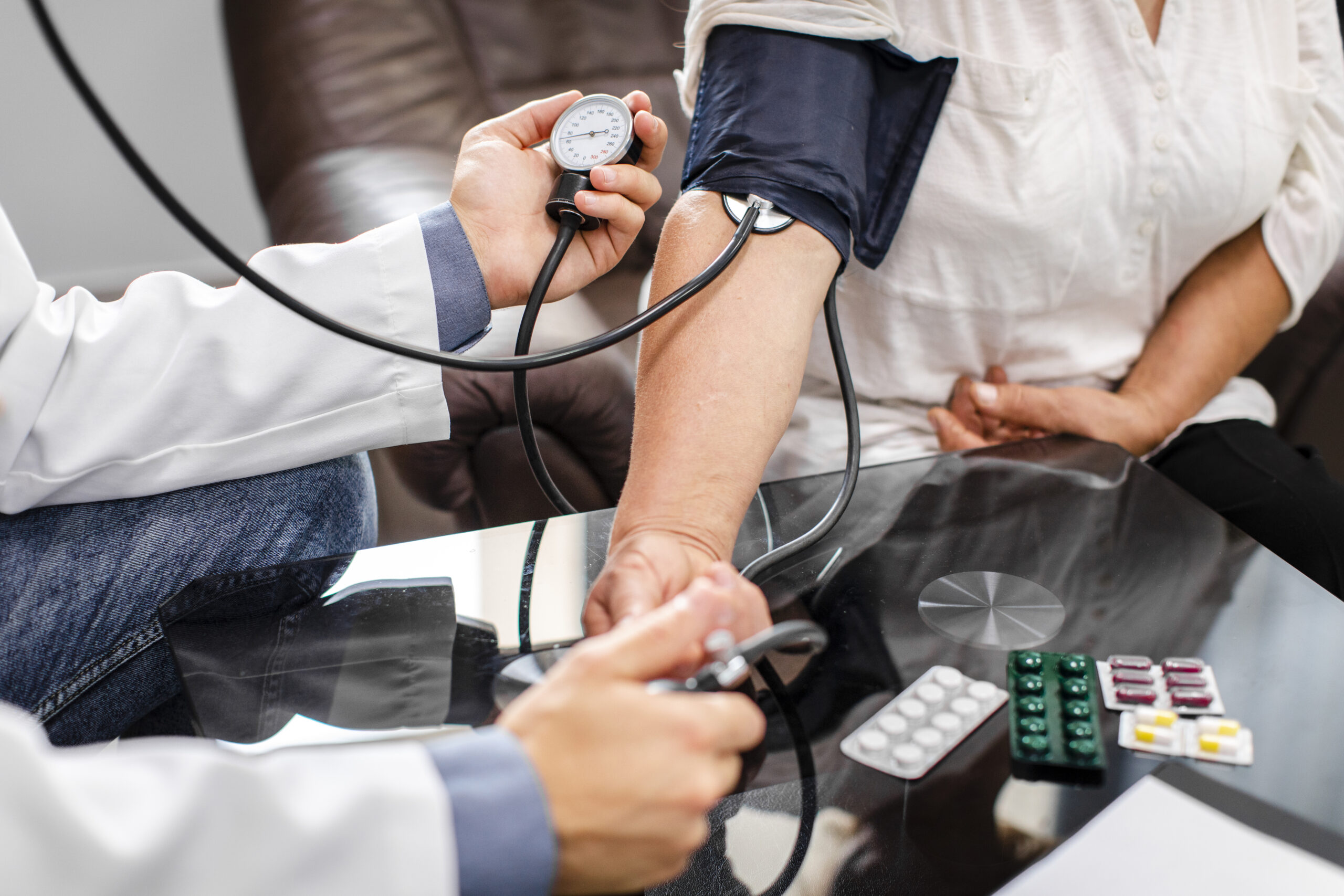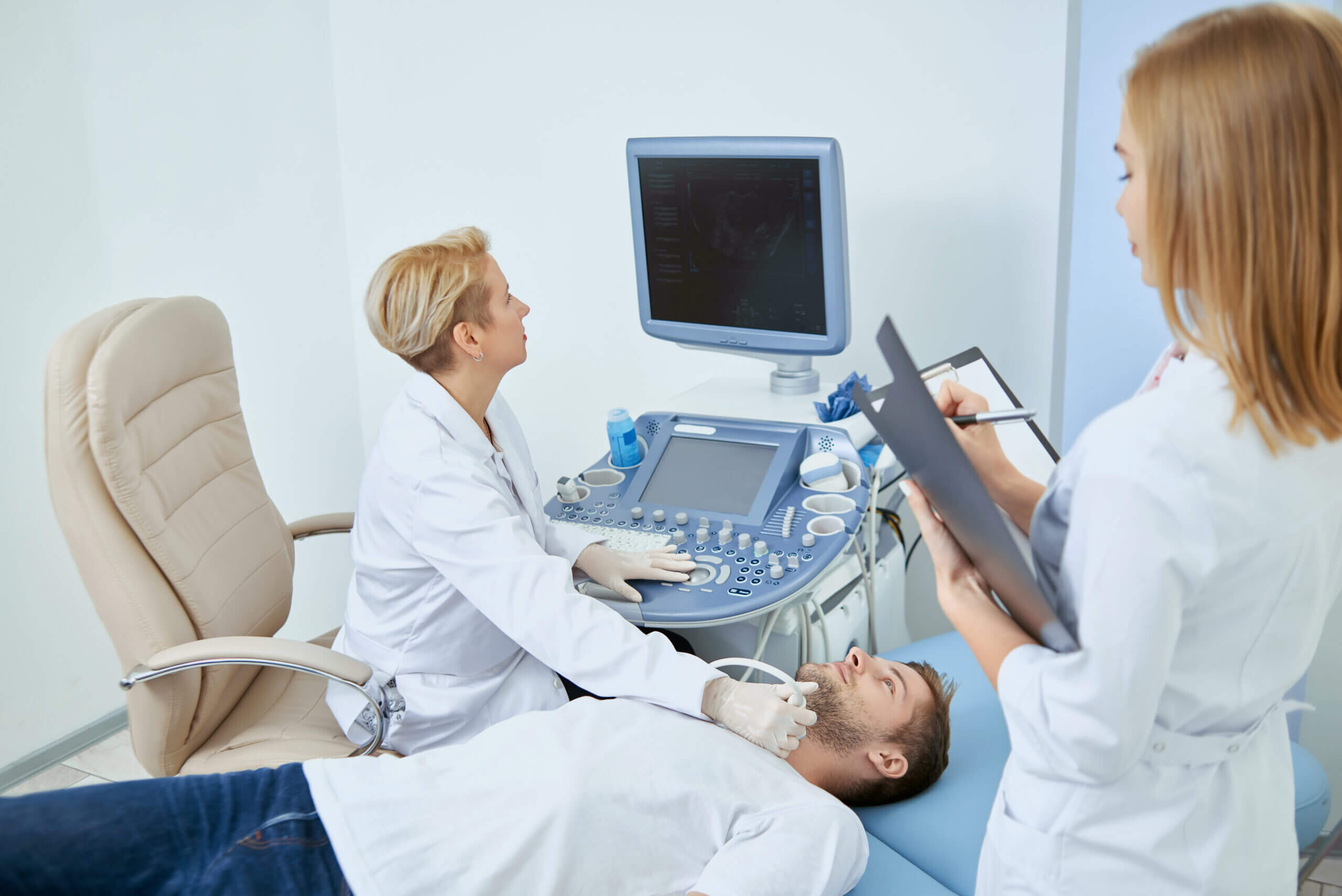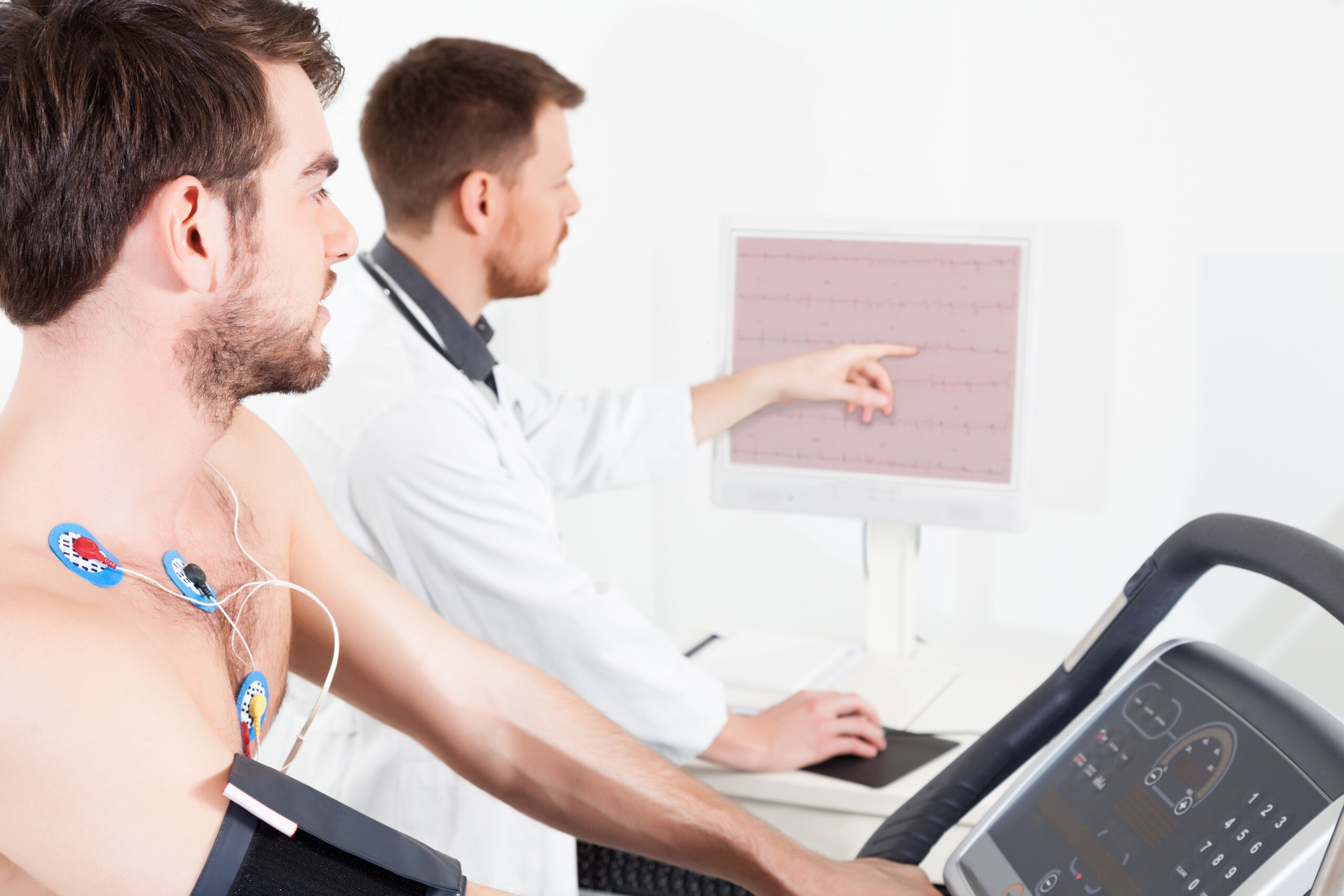38 Irrawaddy Road #08-51, Mount Elizabeth Novena Specialist Centre, Singapore 329563
What To Expect On Your Initial Visit To A Cardiologist
In order to maximize the interaction between you and your cardiologist at your next visit, it is best to come prepared. There are materials you should bring with you and ways you should prepare for your appointment.












